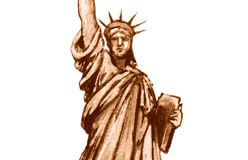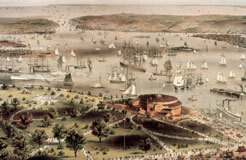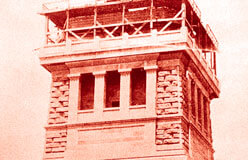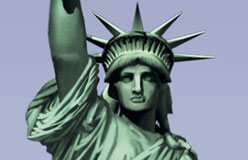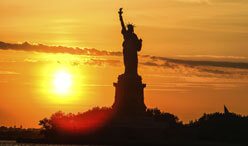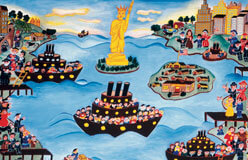It’s 1865, and the U.S. Civil War has just ended. Professor Édouard René Lefebvre de Laboulaye is giving a dinner party at his home near Versailles, France.
Laboulaye is an expert on the history of the United States. He is glad that the Union won and slavery has been outlawed.
The guests talk about how France sent soldiers, arms, ships, and money to the U.S. That helped the colonists win independence from Britain. They talk about the long friendship between France and the U.S. They also talk about their shared love of freedom. After all, between 1789 and 1792, the French fought their own revolution to gain their freedom. They overthrew King Louis XVI.
Suddenly, Laboulaye has a surprising idea. Why not honor the idea of democracy? Why not build a monument as a gift from the people of France to the people of the U.S.?
That’s how it all began. Laboulaye’s idea became a 21-year labor of love that turned into the world’s biggest symbol of freedom.
